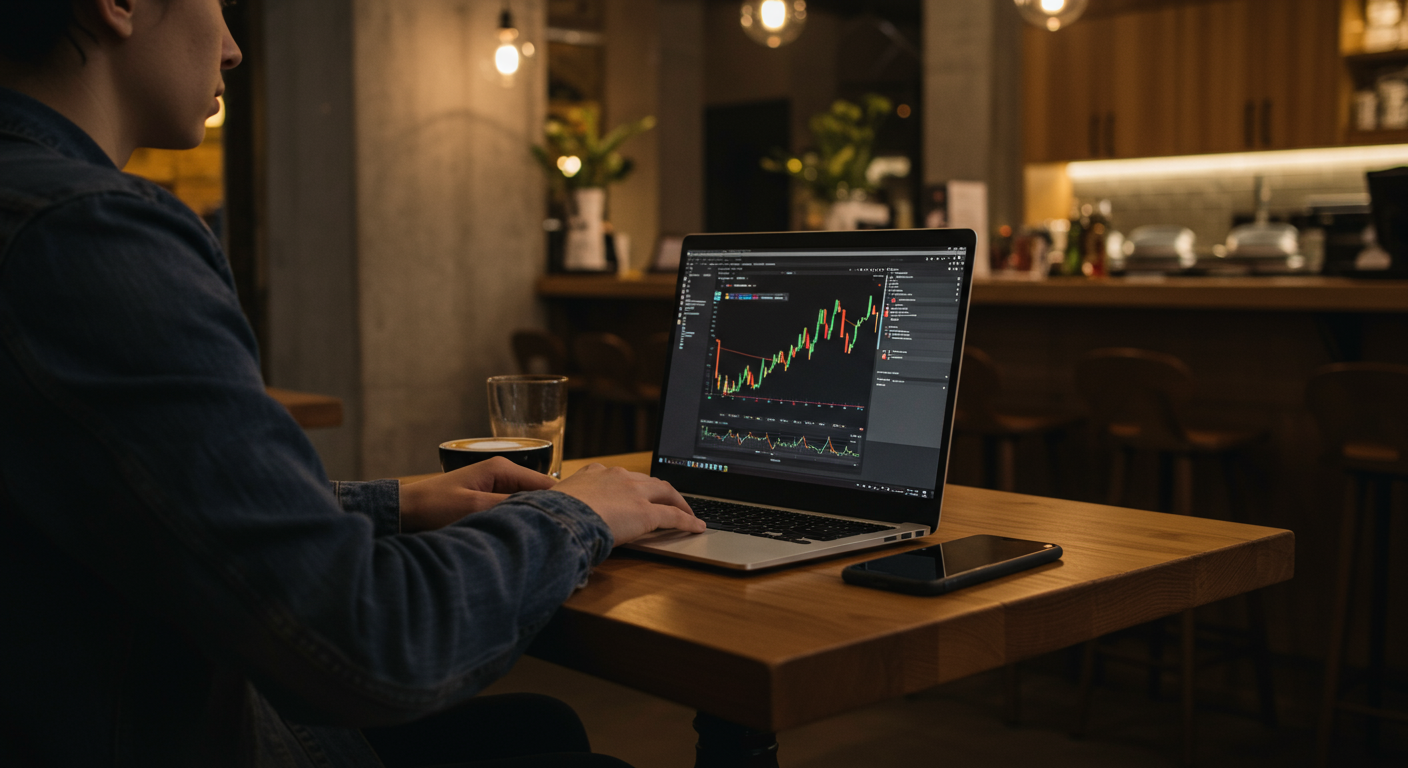Are you a new crypto trader in the European Union looking to swap your digital assets? Navigating the world of crypto exchanges and their fees can seem overwhelming, but it doesn't have to be! This guide is designed specifically for beginners in the EU, breaking down everything you need to know about crypto swaps and, most importantly, how to minimize those pesky fees. We'll explore the best low-fee exchanges, provide a step-by-step guide to swapping, and help you make informed decisions to keep more money in your pocket. Let's get started!

Why This Matters for New Crypto Traders
As a beginner, every penny counts. Crypto swap fees can quickly eat into your profits, especially if you're trading small amounts. Understanding these fees and choosing the right exchange can significantly impact your overall returns. This is especially true in the EU, where regulations and available platforms vary. By focusing on cost-effective strategies from the start, you'll build a solid foundation for long-term success in the crypto market.
Getting Started: What You Need to Know
Before you dive into swapping, there are a few essential things to understand. First, familiarize yourself with the different types of fees: trading fees (charged per trade), deposit and withdrawal fees, and network fees (paid to miners or validators). These fees can vary widely between exchanges. Second, research the regulations in your specific EU country, as they can influence the platforms available to you. Finally, consider the security features offered by each exchange, such as two-factor authentication and cold storage.
Step-by-Step Trading Solution
Let’s walk through a typical crypto swap process on a sample platform:
- Choose a Reputable Exchange: Research and select an exchange that operates within the EU and is known for low fees and a user-friendly interface.
- Create an Account and Verify: Sign up for an account and complete the required Know Your Customer (KYC) verification. This is standard practice on most regulated exchanges.
- Deposit Funds: Deposit EUR (or your local currency) using the available methods (e.g., bank transfer, credit card). Some exchanges allow direct crypto deposits.
- Navigate to the Swap Feature: Look for the 'Swap,' 'Trade,' or 'Exchange' section on the platform.
- Select Crypto Pairs: Choose the cryptocurrencies you want to swap (e.g., Bitcoin for Ethereum). Ensure the pair is supported.
- Enter the Amount: Specify the amount of crypto you want to swap or the amount of EUR you wish to spend.
- Review and Confirm: Review the transaction details, including the estimated fees and the amount of crypto you'll receive. Confirm the swap if you're satisfied.
- Withdraw or Hold: After the swap, you can choose to hold the crypto on the exchange or withdraw it to your personal wallet.
Your First $100: What to Expect
Let's say you're starting with $100 (or the equivalent in EUR). When swapping, be mindful of the minimum trade amounts on each exchange. For example, if an exchange charges a 0.1% trading fee, a $100 trade would incur a fee of $0.10. However, some exchanges have higher minimum fees, so always check the fine print. Also consider the spread, which is the difference between the buying and selling price – this can also impact your final cost. Compare a few platforms to see which offers the best rates for your $100 swap.
Common Beginner Mistakes to Avoid
New traders often make mistakes that can increase their fees. Avoid these common pitfalls:
- Not Comparing Fees: Don't blindly choose the first exchange you find. Compare trading fees, deposit/withdrawal fees, and spreads.
- Trading High Volatility Assets: Beginners should start with more stable, established cryptocurrencies to minimize risk.
- Ignoring Transaction Fees: Network fees (paid to miners) can fluctuate. Be aware of these and try swapping during off-peak hours.
- Using Unsecure Platforms: Always use strong passwords, enable two-factor authentication, and research the security features of the exchange.
- Not Understanding Tax Implications: Crypto transactions are taxable. Research local tax laws and keep accurate records.
International Trading Considerations
EU traders have several advantages. The EU has a generally stable regulatory environment for crypto compared to some other regions. However, be aware of the specific regulations in your country. Always check if an exchange is licensed to operate in your jurisdiction. Also, consider that you may need to report your crypto gains to your local tax authorities, so keep detailed records of all your transactions.
Building Your Crypto Knowledge
To succeed in crypto, continuously educate yourself. Follow reputable crypto news sources, read industry blogs, and participate in online communities. Understand market trends, technical analysis, and the basics of blockchain technology. Knowledge is your best defense against market volatility and fee traps.
Next Steps in Your Trading Journey
Once you've grasped the basics, explore advanced strategies like limit orders to control your trading costs. Consider using hardware wallets for enhanced security when storing your crypto. Also, research and follow expert traders and analysts to stay informed about market trends. The more you learn, the better prepared you'll be to navigate the crypto world.